
Remote Monitoring for Asset Reliability

At the end of the COVID-19 pandemic, many process manufacturers learned an unexpected lesson: under the right conditions, targeted remote work can be significantly more efficient than anticipated. As plants implemented remote systems, they saw that they were able to consolidate resources, empowering a smaller group of people to monitor and maintain assets, processes, and software over a wider global area, all without increasing costs due to travel.
Perhaps even more importantly, as the pandemic waned and fewer people than expected returned to the process manufacturing sector due to retirements and personnel shortages, organizations learned that in many cases, remote work freed their limited staff to focus on high value tasks.
A result of this change has been a shift in the way many organizations handle machine reliability analysis. More than ever before, plants are turning to remote analysis programs to supplement or replace onsite machinery health monitoring. For some plants, remote analysis is a more cost-effective way to continue the machinery health monitoring they have long relied upon. For others, it is a doorway to improved operation that would be otherwise out of reach. In either case, understanding the value of remote analysis and following four key strategies to implementation are critical to getting the most out of any remote analysis program.
The value of remote analysis
Historically, major assets in a plant—those most essential to operation or those with the potential to create safety hazards upon failure—would be equipped with an online monitoring system. And plants that had enough equipment to warrant multiple systems often employed a few analysts on their reliability team.
However, balance of plant assets—those that are important to efficient operation but not critical—still require monitoring. Highly efficient reliability teams recognize that just because an asset is less critical, it does not mean it can be allowed to run to failure. The earlier technicians detect problems with an asset, the lower the maintenance cost to fix it. For example, if a team sees a motor bearing beginning to fail and doesn’t act—or worse, is not aware of the flaw in the first place—they risk the entire motor failing, a coupling breaking, or a fire.
To avoid these types of problems, balance of plant assets were typically monitored through manual rounds, a time-consuming process where an individual would visit each asset with a handheld device and record vibration readings, then return to the office and analyze the data. Teams would set alarms to notify them of problems detected in the data collected from rounds. However, this system was not efficient. In many cases, by the time a handheld device detected a problem severe enough to trigger an alarm, significant damage was already done. The solution was reactive, not predictive.
To complicate things further, today’s plants operate in a highly competitive environment where peak efficiency is critical to profitability, safety and sustainability. As a result, organizations expect their plant staff to collect data from balance of plant assets, analyze it quickly and solve problems before they interrupt production, all with fewer people.
Fortunately, wireless technology enables reliability teams to cost effectively implement as many vibration measuring points as they need, without expensive hard wiring, and empowers them to collect the data continuously without the need to commit valuable personnel to walkarounds. Due to this paradigm shift in reliability monitoring, today, more data is collected in plants than ever before.
But this new normal creates its own set of problems. Massive amounts of data provide little value if they cannot be turned into actionable information. Reliability teams have significantly more data to analyze, but they have fewer analysts to accomplish that work. Analysts have an increasingly niche, specialized and expensive skillset, making them hard to find, and even harder to retain. Consequently, many plants have a massive investment in data collection infrastructure, without an efficient way to turn this data into actionable information.
Remote analysis is the solution to this problem. Teams implementing a remote analysis solution send their data to analytics experts. If these experts are internal, they can provide analysis for multiple sites. If they are external, they typically provide analysis for a wide variety of organizations.
A team can choose to do this with all their data, or even use such a solution to augment the analysis they are already performing onsite. As reliability teams evaluate remote analytics solutions, they can significantly improve their chances of success by following four key strategies.
1: Collect the right data
Teams that have not implemented extensive wireless monitoring solutions are not excluded from remote analytics solutions. It is possible to collect data for a remote analytics program using scheduled manual rounds with a handheld analyzer. Teams collecting data via manual rounds must ensure they collect consistent data. For example, if a technician is collecting data on “motor outboard horizontal,” the data must be collected from the same spot each time, a task that can be particularly difficult to accomplish if several different technicians alternate on the route.
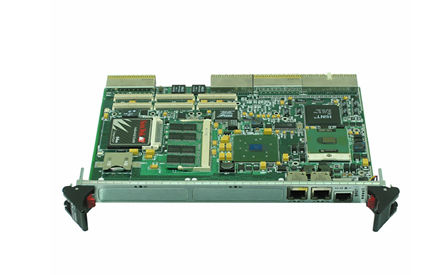
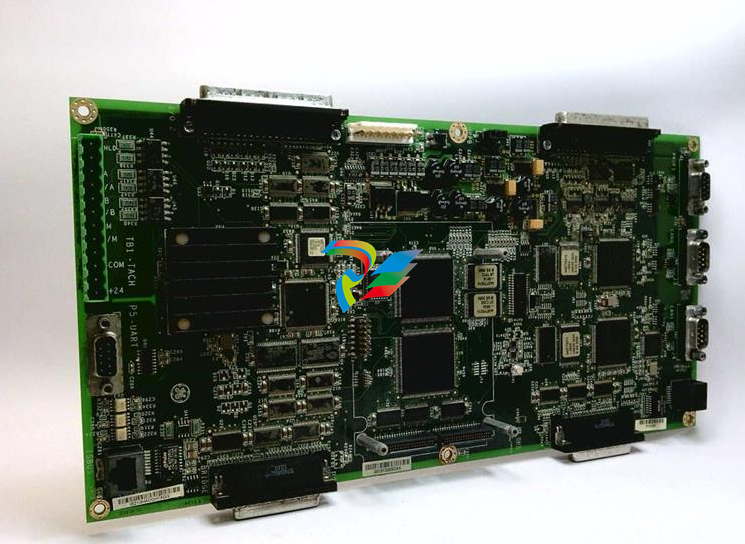


.jpg)
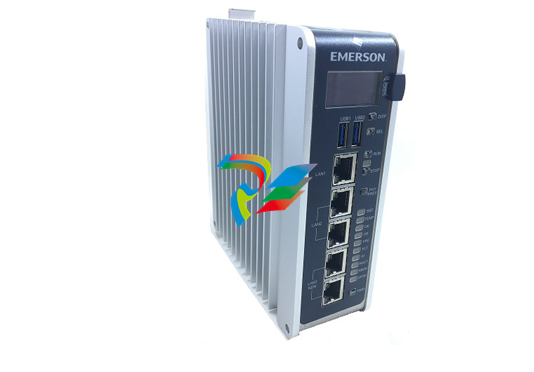
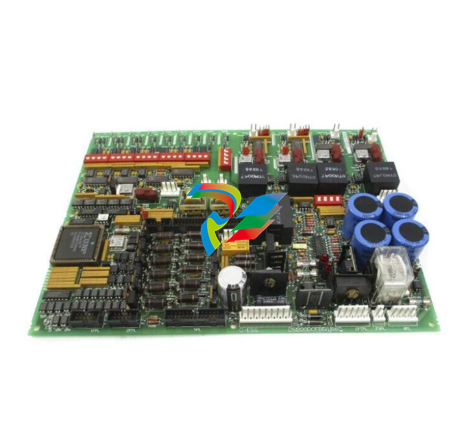
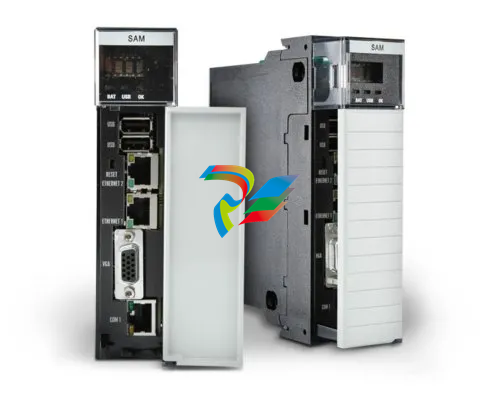
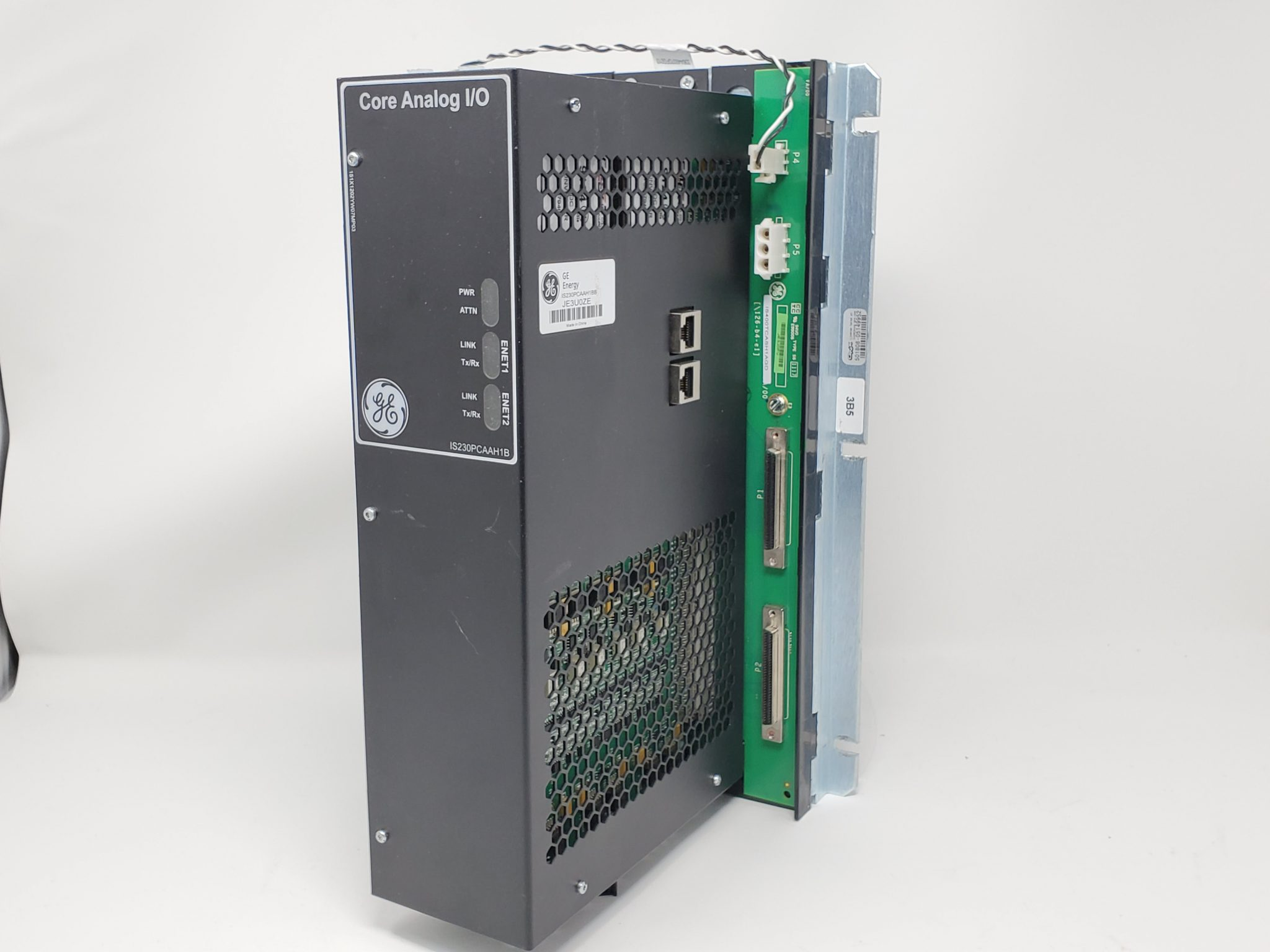

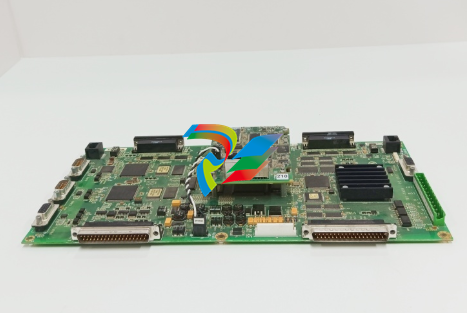
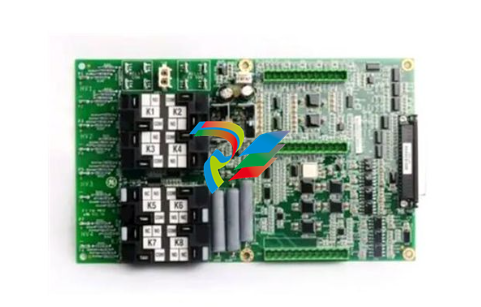
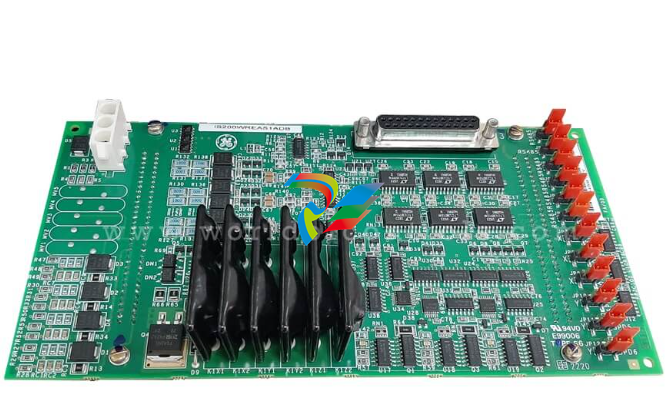
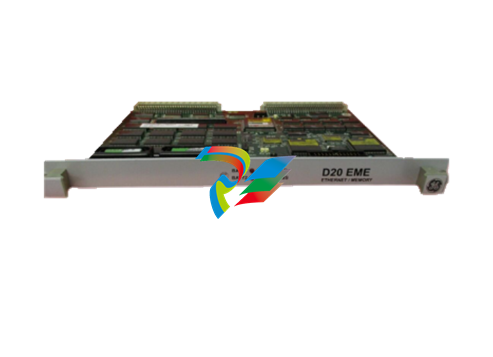
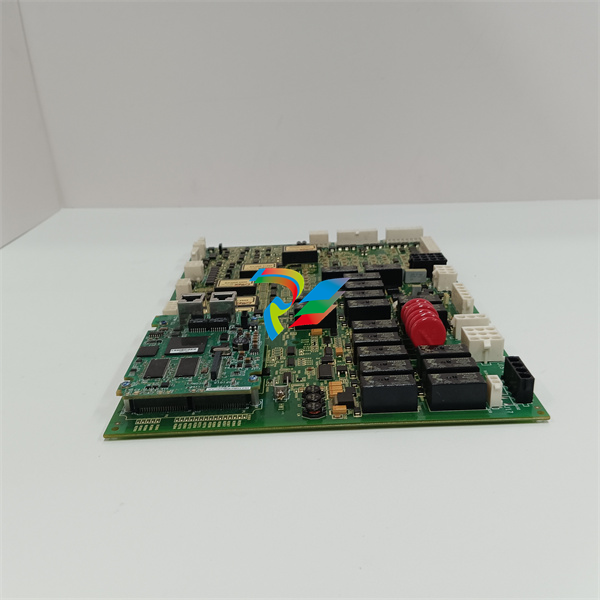
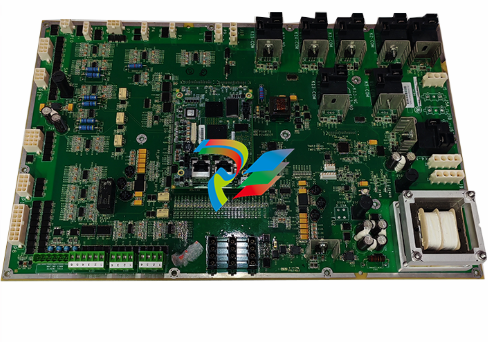
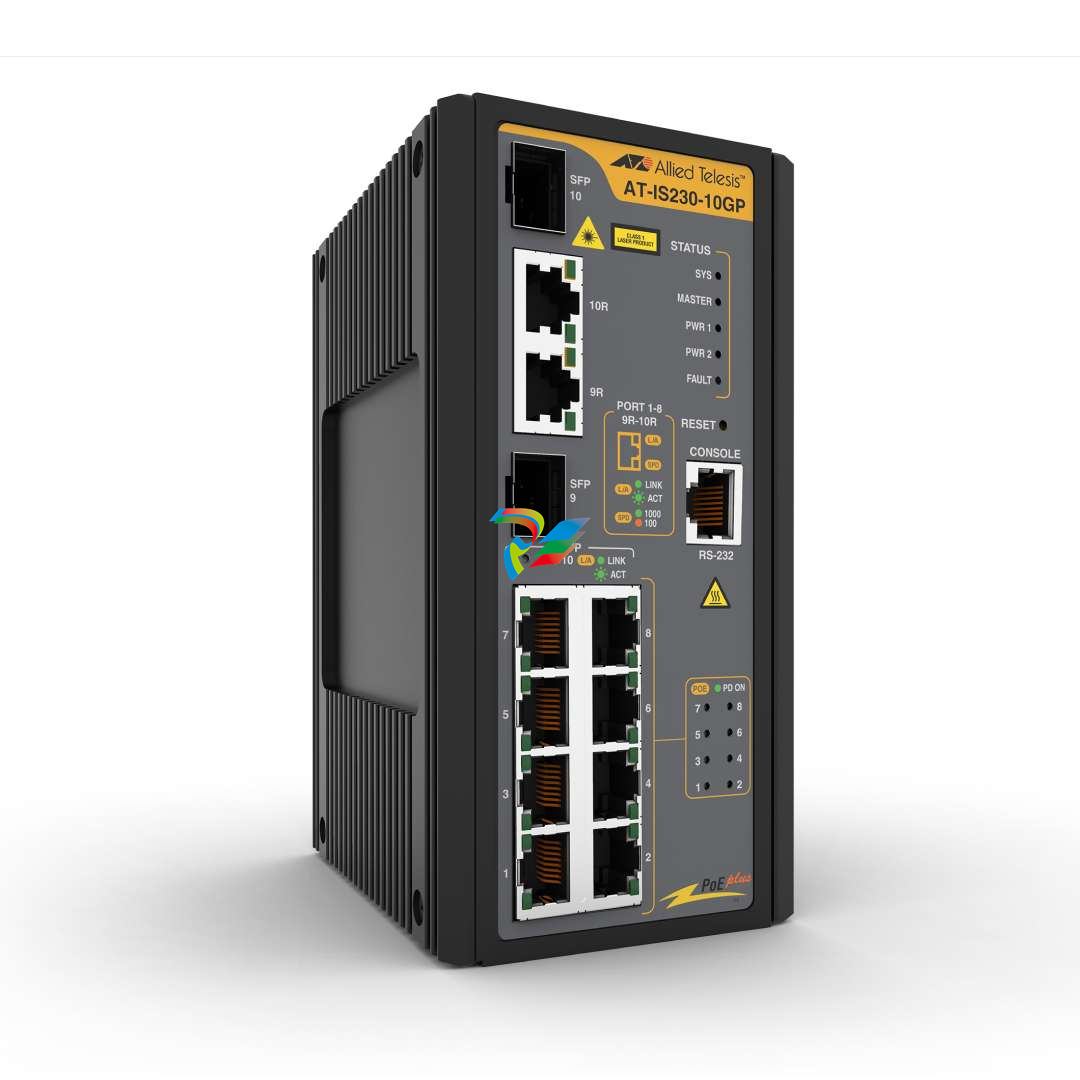
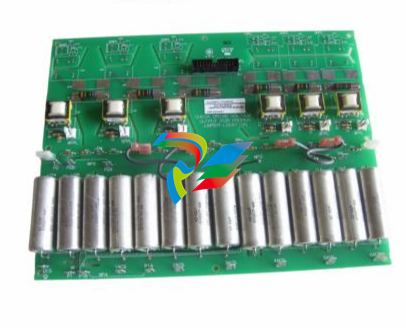

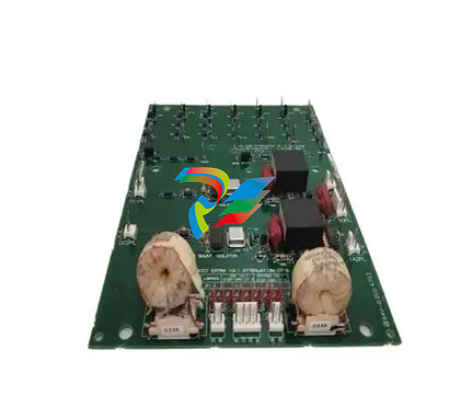

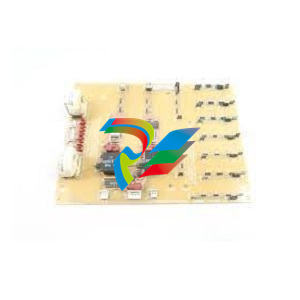
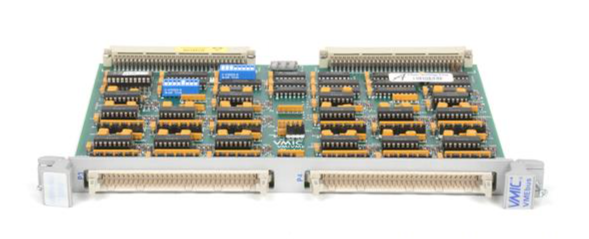
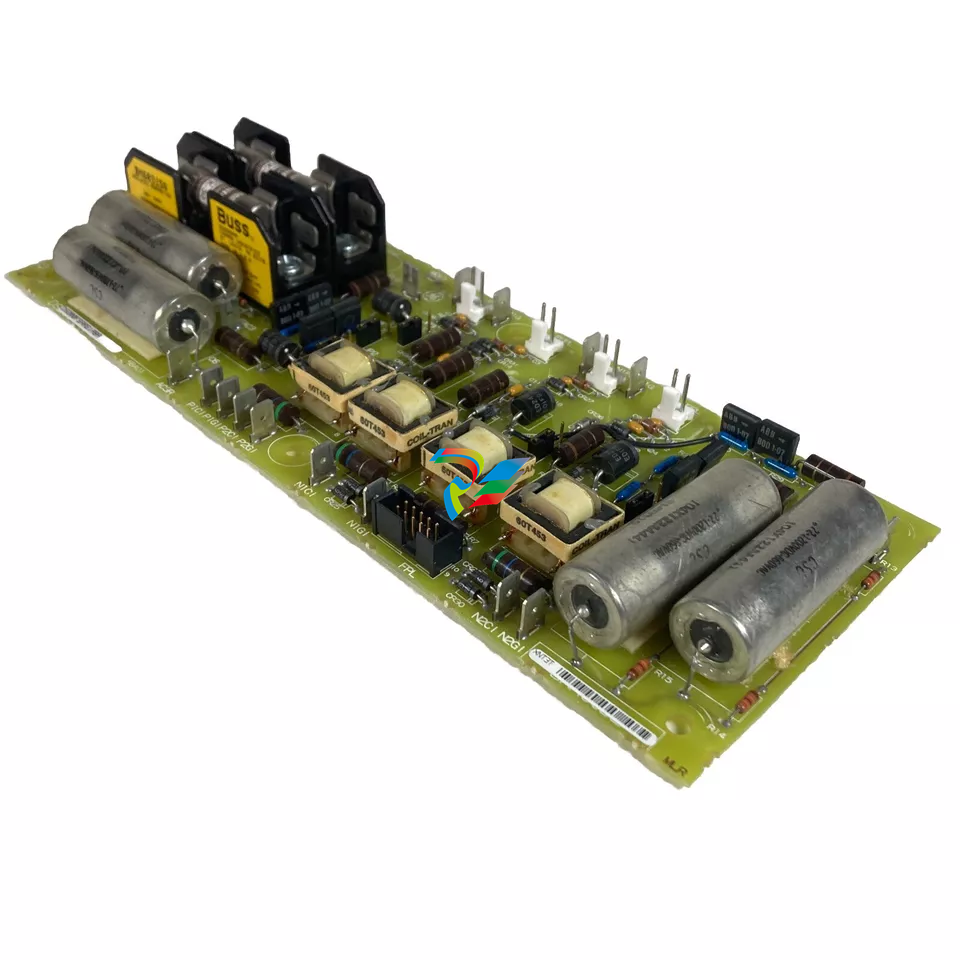
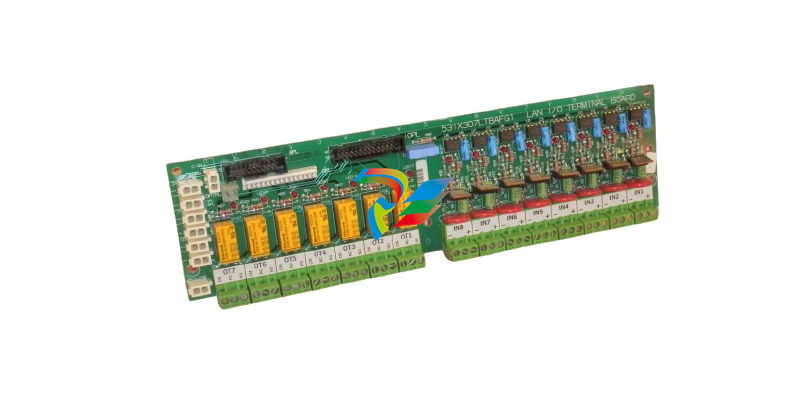



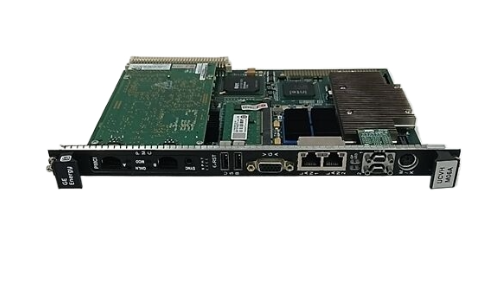
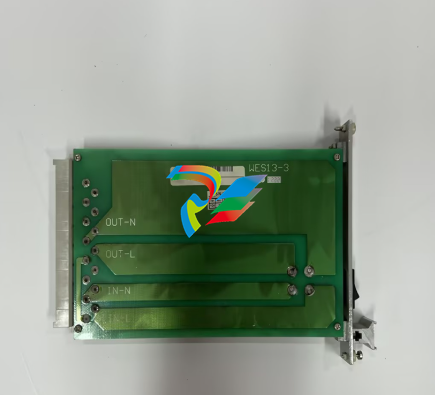
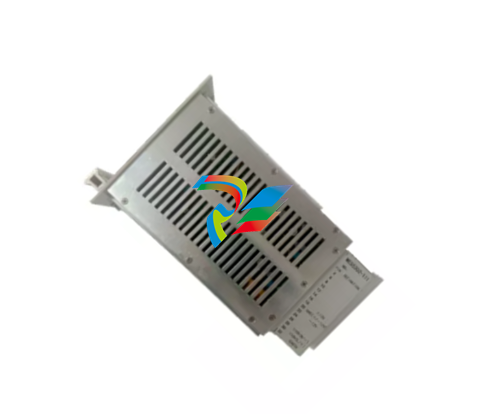
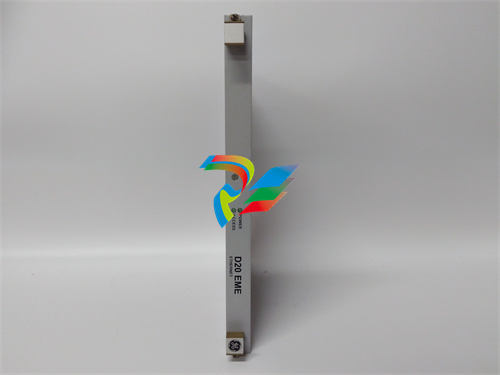
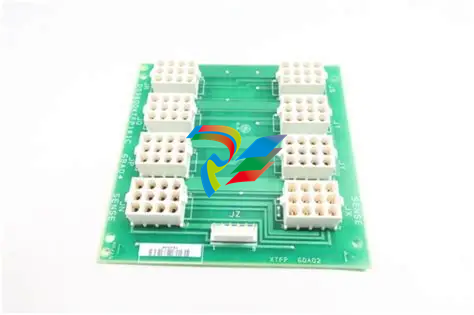







































.jpg)
.jpg)





.jpg)



.png)
.jpg)

.jpg)
_lVjBYb.jpg)

.jpg)
.jpg)



.jpg)
.jpg)







.jpg)

.jpg)
.jpg)








